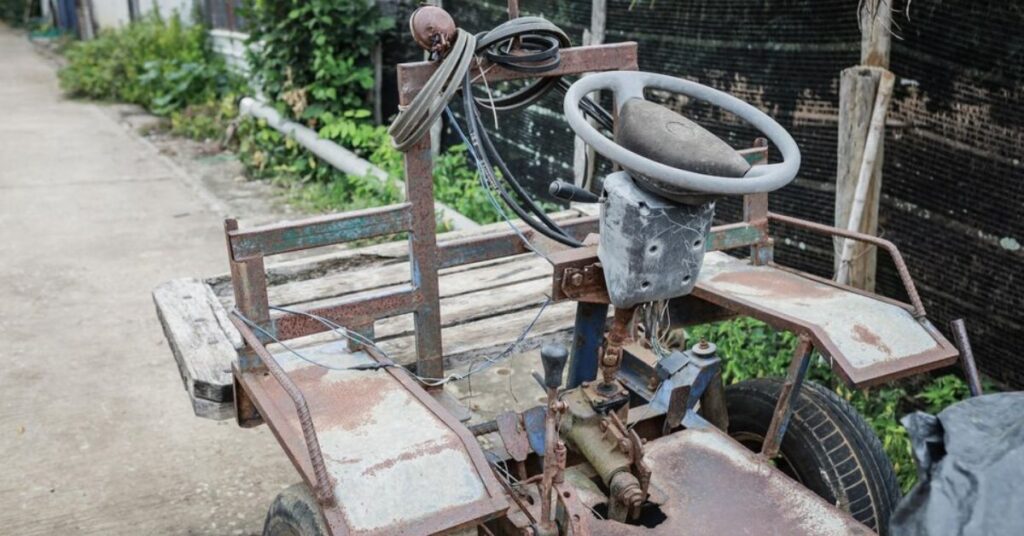Starting your own venture can feel overwhelming, especially when you don’t know where to begin. But if you’re someone who enjoys creativity, attention to detail, and helping other businesses grow, then it’s time to start a small printing business that stands out. From designing business cards to printing custom t-shirts and mugs, the opportunities are endless. And the best part? This industry has proven its resilience, even during economic downturns.
In fact, many small print shop owners started from home with limited capital and grew into full-scale digital printing businesses. With the right guidance, tools, and strategy, you too can tap into this profitable market. Here’s everything you need to get going, including how to integrate printing services for small businesses from day one.
Why Start a Small Printing Business Today?
The demand for printing hasn’t disappeared—it’s evolved. In the digital age, people still need printed materials like flyers, stickers, labels, banners, apparel, and packaging. Starting a small print shop allows you to serve local clients and expand into online markets offering custom print services.
The rise in personalized and branded merchandise has fueled demand for mug printing business, t-shirt printing, and print-on-demand models. Whether it’s bulk orders for events or individual custom gifts, there’s a steady stream of potential customers ready to order.
How I Got into the Printing World (Personal Experience)
Back in 2021, a friend asked me to help design and print flyers for his home baking business. I didn’t have any equipment, but I knew where to source cheap printing services. That experience sparked something in me. Soon after, I started freelancing as a printing consultant and eventually invested in a basic home printer setup.
From personal experience, nothing beats the excitement of seeing your design come to life on a shirt, card, or mug. What started as a small print shop from home has grown into a profitable side hustle—and it can for you too.
Choosing the Right Niche for Your Small Print Shop
If you want to start a small printing business, choosing your niche is one of the most important decisions. Are you interested in:
- T-shirt printing or screen printing startup?
- Business card printing and flyer printing for companies?
- Sticker printing business or UV printing for packaging?
- Offering a full-fledged digital start a small printing business for commercial needs?
Pick something that aligns with your passion and local demand. If your area lacks affordable printing services, that could be your angle. Also, keep an eye on trends like sustainable printing and minimalistic designs—they’re gaining traction.
Essential Equipment for Your start a small printing business
Your setup depends heavily on your niche. Here’s a simple starter pack for most home-based printing businesses:
- Digital printer (inkjet or laser)
- Heat press for apparel and mugs
- Cutting machine (like Cricut or Silhouette)
- Laminator and paper trimmer
- High-quality paper and vinyl sheets
- Design software (Canva, Adobe Illustrator)
For beginners on a budget, you can gradually expand. I started with just a basic inkjet printer and a secondhand heat press. Check out this affordable equipment list to get ideas.
Legal and Setup Requirements: Don’t Skip This Step
To start a small printing business, follow these necessary steps:
- Register your business (LLC or sole proprietorship)
- Get a business license from your local authority
- Apply for a sales tax permit if needed
- Set up a separate business bank account
- Secure a space (home-based, shared workspace, or small office)
Also, consider business insurance. It protects you from equipment damage and customer disputes.
Developing Your Printing Business Plan
Start a small printing business plan will guide your growth. Keep it simple but include:
- Target market (e.g., schools, small businesses, artists)
- Startup cost and profit expectations
- List of services (custom t-shirts, flyers, posters)
- Marketing strategy (online and offline methods)
- Projected growth over 12-24 months
A detailed plan helps when applying for funding or attracting partners later.
Cost Breakdown: How Much to start a small printing business?
Here’s a rough estimate to give you a realistic picture:
| Item | Cost Estimate |
|---|---|
| Printer & Equipment | $1,000 – $3,000 |
| Supplies & Materials | $300 – $700 |
| Legal & Licenses | $100 – $500 |
| Website & Branding | $200 – $600 |
| Marketing Budget | $100 – $500 |
| Total | $1,700 – $5,300 |
You can start a small printing business even cheaper if you go minimalist in the beginning and reinvest profits as you grow.
Where to Work: Home or Commercial Space?
Starting from home is a great option for a low-cost printing setup. You avoid rent, and it’s easier to manage time. Just make sure you have:
- Good lighting
- Proper ventilation (for heat presses)
- Storage shelves for supplies
If you scale up, consider renting a small office or even investing in a printing franchise.
Marketing Strategy to Attract Clients Fast
Your first goal is visibility. Use a combination of these approaches:
- Create a professional website showcasing your services
- List your business on Google My Business
- Leverage social media (Instagram, Facebook, TikTok)
- Run local promotions in nearby schools or businesses
- Partner with local event planners or artists for bulk deals
Having a solid print shop marketing plan from day one builds momentum. Referral programs and loyalty discounts also help retain customers.
Valuable Insight: Offer Bundled Services
One of the smartest things I did early on was bundling services. Instead of just business cards, I offered “Startup Kits” that included flyers, stickers, and branded mugs. This increased my average sale and made me stand out from other local printing businesses.
People love convenience—make it easy for them to say yes to your offer.
Valuable Insight: Tap into Online Print Orders
You’re not limited to your local area. Create an online start a small printing business that offers nationwide shipping. You can even use platforms like Etsy or Shopify to sell custom t-shirts or stickers. With print-on-demand, you don’t need to hold inventory.
Digital presence = scalability.
Common Mistakes to Avoid
Avoid these rookie mistakes that can hurt your business:
- Undervaluing your work (charge for your time + materials)
- Using cheap, unreliable equipment
- Poor design quality (invest in templates or hire a designer)
- Not tracking finances (use QuickBooks or Wave)
- Overpromising and underdelivering
Customer satisfaction is everything in the printing world. Always deliver on time, communicate clearly, and be honest about limitations.
Future Growth: Expanding Your Small start a small printing business
Once you’re established, consider:
- Offering bulk printing services for corporate clients
- Adding offset printing or UV services
- Hiring part-time staff to help with fulfillment
- Launching seasonal product lines (holiday cards, gift items)
- Scaling into commercial printing startup operations
The print industry is wide—you can carve out your unique space.
Information Table: Quick Summary
| Topic | Key Details |
|---|---|
| Focus Keyword | start a small printing business |
| Startup Cost | $1,700 – $5,300 |
| Recommended Niche | T-shirts, stickers, flyers, mugs |
| Business Model | Home-based, online, or commercial |
| Equipment Needed | Digital printer, heat press, software |
| Marketing Tips | Social media, Google listing, bundles |
| Common Mistake | Underpricing, poor quality designs |
| Growth Opportunity | Bulk orders, online shop, franchises |
FAQs: start a small printing business
Q1: Can I start a small printing business from home?
Yes, many entrepreneurs begin from home. Just ensure you have enough space and comply with any local zoning laws.
Q2: What’s the most profitable printing niche?
Custom apparel and business promotional materials (like branded mugs and pens) often offer the highest margins.
Q3: Do I need design skills to run a print shop?
It helps, but not necessary. You can use platforms like Canva or hire freelancers for design work.
Q4: Is screen printing better than digital printing?
It depends. Screen printing is better for large runs; digital is ideal for custom or low-volume orders.
Ready to turn your creativity into a business? With this roadmap, now is the perfect time to start a small printing business and make your mark.
If you need help building your website or setting up branding for your print shop, let me know—I’d love to share more tips or help you get started!




